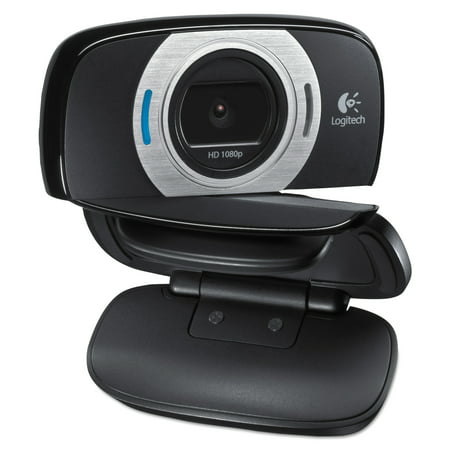1080P HD Webcam Conference Video Calling Computer Camera with Microphone for Computer PC Laptop Desktop
Features:- USB2.zero compatible with USB3.zero.- Designed for laptops and computer systems.- Built-in 2 stereo omnidirectional microphones.- Supports M-JPEG,H.264,CMOS,Hi-silicon Chip.- Automatic white balance,computerized shade correction.- Fixed three.6mm lens,ninety° wide-perspective,360°guide rotation.- Plug and play,Full HD 1080p,1920×1080p @ 30 body fee.- Manual consciousness adjustment, you could freely rotate the lens to adjust.- Supports for Windows 2000/XP/7/8/10/Vista 32bit and Android TV.Specifications:Pixel: 2 MillionPackage covered:1 x HD WebcamNotes:1. Manual measuring, please permit 1 ~ 3mm error,thanks.2. Due to the difference among specific video display units, the photo may not reflect the real shade of the item. We guarantee the style is similar to proven within the photograph.














Reviews
There are no reviews yet.